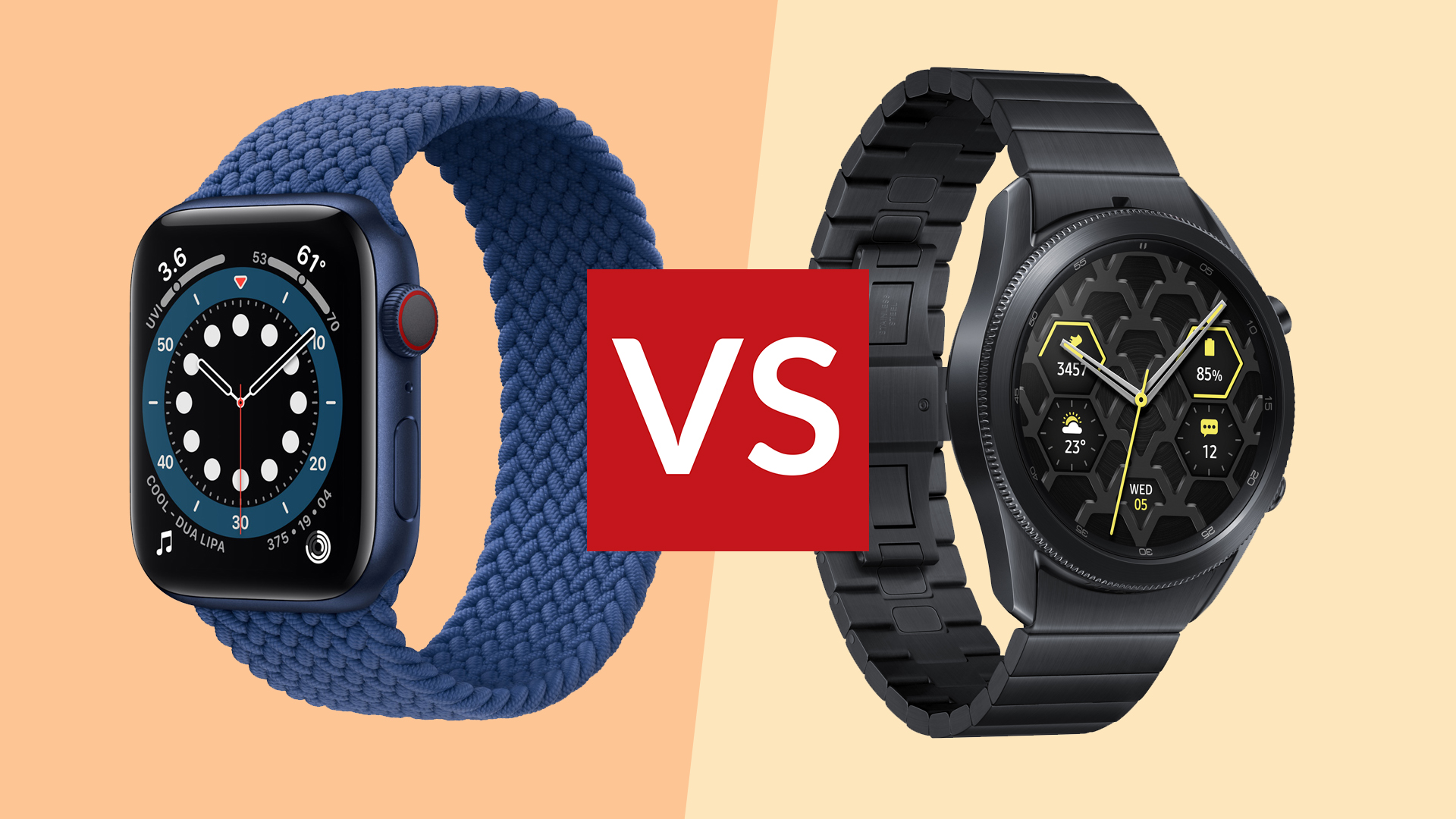

Both launched in the second half of 2020, the Apple Watch Series 6 and Samsung Galaxy Watch 3 are the latest and best smartwatches from Apple and Samsung. They are both available in two sizes, are offered in multiple colours, and can be fitted to a wide range of straps to help you create the perfect personalised look.
The two wearables are packed with health and fitness features, including a heart rate sensor and the ability to take an electrocardiogram or ECG. They can also both connect to 4G for taking calls and streaming music without being connected to a smartphone.
But there are some key differences to bear in mind before making your purchase, including how the Apple Watch 6 only works with iPhones, while the Galaxy Watch 3 works with Android and iOS.
The question is, which should you buy? Thankfully T3 is here to help talk you through the similarities and differences between these two smartwatches, and help you make the right choice for your next wearable.
If you've got your heart set on an Apple Watch, then make sure you've read T3's guide to the best Apple Watch available.
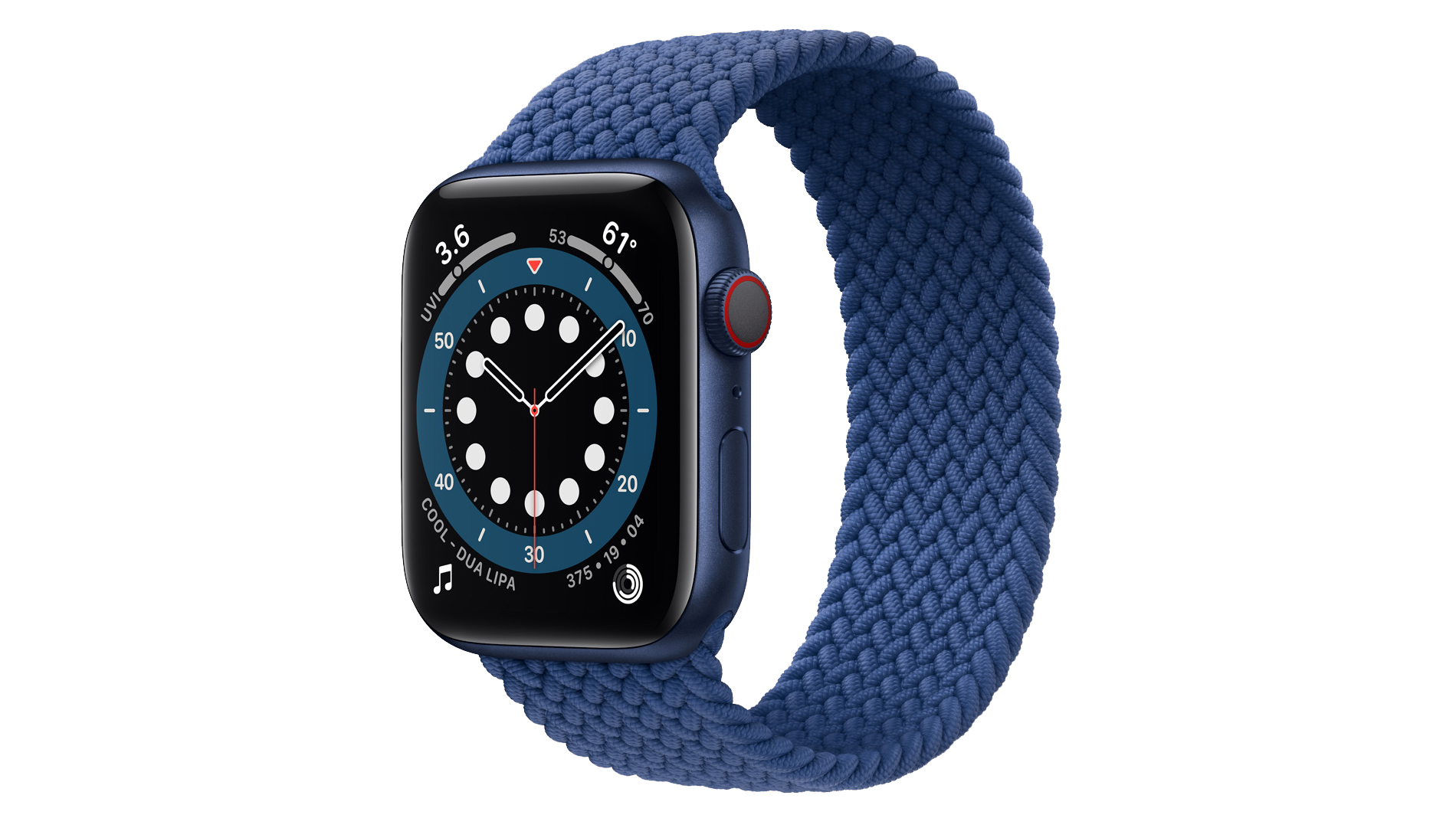
Apple Watch Series 6 vs Samsung Galaxy Watch 3: Design
The Samsung Galaxy Watch 3 is the more watch-like of the two, owing to its traditional lugs and industry-standard watch lugs, meaning you can swap out the included leather strap for any you like. The watch also has a circular touchscreen display and, while there are many digital faces to pick from, many are designed to look like a normal watch.
On the other hand (or wrist), the Apple Watch Series 6 has a rectangular display with rounded corners, and features a strap attachment that is unique to Apple. Thankfully, a huge range of third-party companies sell replacement straps, and you can also buy adapters to fit regular straps too, so customisation is still easy and affordable.
Sign up to the T3 newsletter for smarter living straight to your inbox
Get all the latest news, reviews, deals and buying guides on gorgeous tech, home and active products from the T3 experts
The Apple Watch also has a wide range of faces to pick from and customise, and some are designed to look like a traditional, mechanical watch. But many also rewrite what a watch face can look like, filling the face with complications, or stripping it right back to show just a favourite photograph, or an animated Mickey Mouse, if that’s your thing.
The most affordable Apple Watch Series 6 has an aluminium case and is offered in silver, space grey, gold, blue and red, the latter being part of the (Product) Red charity. Next comes the stainless steel model, which is available in silver, graphite and gold, and a premium titanium Watch Series 6 is sold in natural titanium and space black.
Apple also sells the exercise-focused Nike edition, and a luxury model made in partnership with Hermès, complete with fashionable leather straps and unique watch faces.
Size options for the Apple Watch are case diameters of 40mm and 44mm.
The Samsung Galaxy Watch 3 is a simpler offering. It is available in stainless steel with 45mm black and silver options, plus a smaller 41mm model in bronze and silver. A premium titanium option is available exclusively in black and with the 45mm case size.
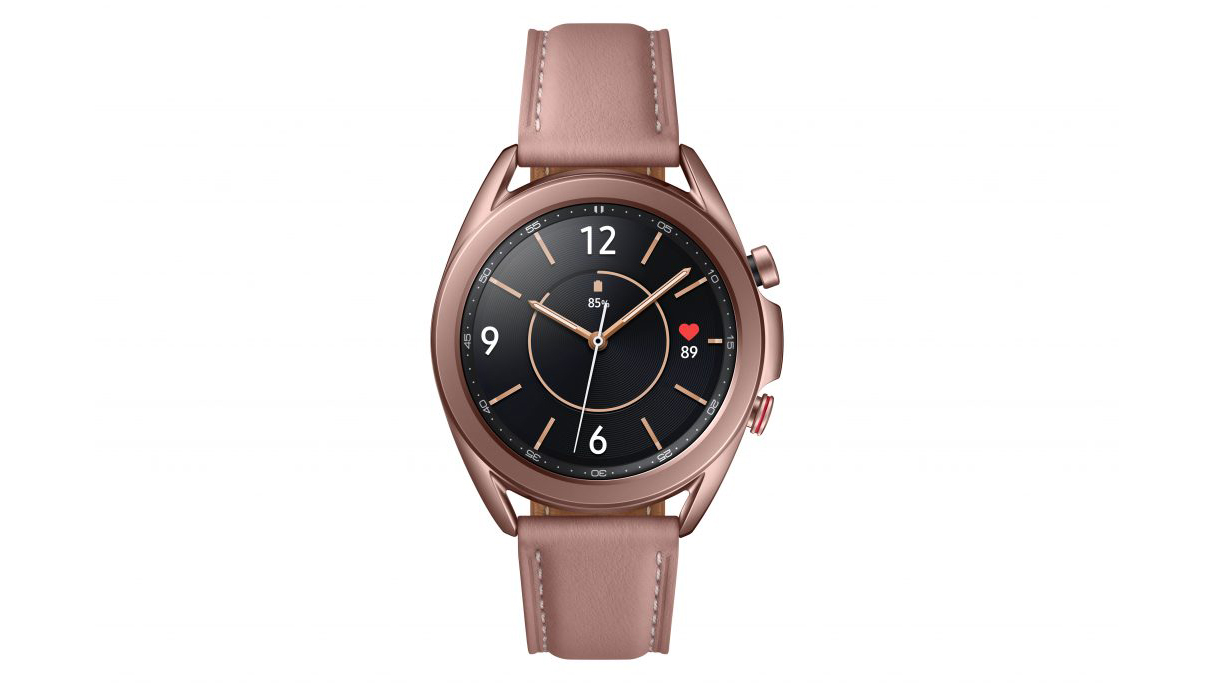
Apple Watch Series 6 vs Samsung Galaxy Watch 3: Hardware
Each watch has a different set of controls. For the Apple Watch, you have the touch screens, plus the Digital Crown, which can be rotated and pressed, and a single side button. The Samsung Galaxy Watch 3 also has a touchscreen, plus a pair of push buttons at the two and four o’clock positions. Unique here is how the display bezel can be rotated to scroll through content.
Both watches comply with the ISO standard 22810:2010, which means they have a water resistance rating of 50 metres, so can be used for swimming in a pool but should not be used while diving, waterskiing, or other activities involving high velocity water, or depths greater than 50 metres.
Inside, both watches have 1GB of RAM, but after that there are several differences. The Watch Series 6 is powered by Apple’s own 64-bit, dual-core S6 processor running the company’s watchOS software. The Galaxy Watch 3 has an Exynos 9110 dual-core, 1.15 GHz processor and runs Samsung’s own Tizen operating system.
The Samsung has 8GB of internal storage, while the Watch Series 6 has 32GB, giving it much more space for applications and music.
Both watches have Wi-Fi, but where the Samsung is limited to 2,4GHz, the Apple Watch also has 5GHz. This shouldn’t be seen as a deal-breaker because smartwatches don’t need the improved speed 5GHz networks offer.
However, if your home Wi-Fi is only running at 5GHz, you will need to create a 2.4GHz network for the Samsung Watch, unless you are happy to have it connected to your phone over Bluetooth, or to the web using 4G, instead. Speaking of Bluetooth, both watches have the latest 5.0 standard, and both also have GPS for accurately logging your outdoor exercise.
The battery of the Apple Watch Series 6 is 266 mAh for the 40mm model and 304 mAh for the larger 44mm variant. These stats are similar to the Samsung Galaxy Watch 3, which has a 247 mAh cell in the 41mm case and 340 mAh in the 44mm model. It’s tough to say exactly how long a smartwatch battery will last because it varies massively depending on how they are used. However, in general terms we can say both of these wearables last a full day, with Apple stating up to 18 hours for both sizes of Series 6.
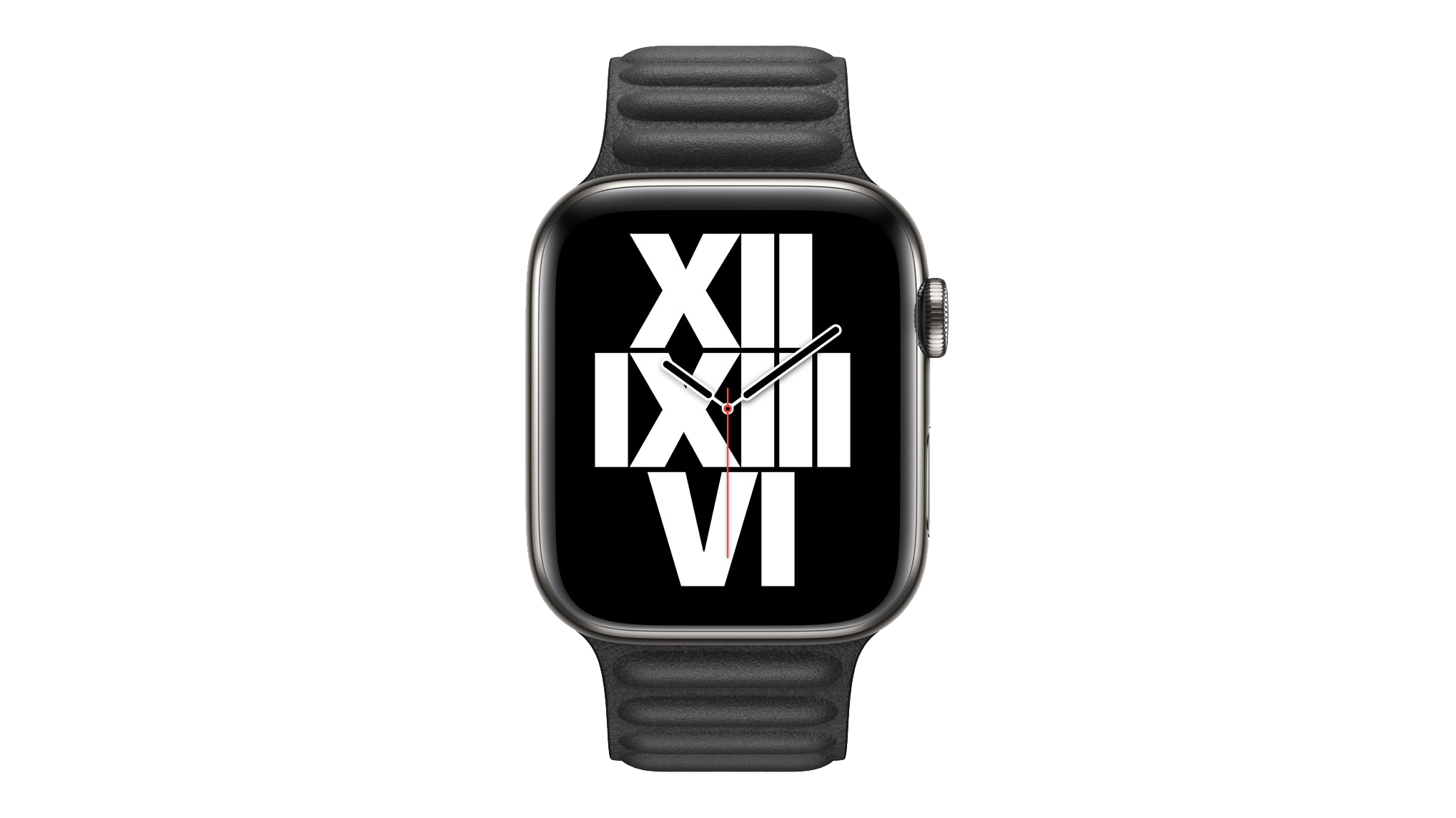
Apple Watch Series 6 vs Samsung Galaxy Watch 3: Features
Smartwatches like these are packed full of sensors. The Apple Watch Series 6 has GPS plus a compass, altimeter, blood oxygen sensor, electrical heart sensor, heart rate sensor, accelerometer, gyroscope, an ambient light sensor, and NFC for contactless payments using Apple Pay. It is also the first Apple Watch to feature the company’s U1 chip, which uses ultra-wideband technology to communicate precisely with other compatible devices, like the company’s upcoming Tile-like trackers, rumoured to be launching soon.
The Samsung Galaxy Watch 3 benefits from many of these sensors too, but misses out on the Apple’s U1 chip. Both can also track your sleep, but will need a battery top-up during the day if you choose to wear them through the night.
Apple and Samsung both include health and fitness tracking apps on their watches, accurately logging your daily steps and exercise, then sending the data to their respective smartphone apps.
Both watches can detect when you take a heavy fall, then check if you are okay and help you with alerting a contact and calling the emergency services. They also both keep an eye on your heart rate and can be set to alert you if your heart rate is unusually high or low. When taking an ECG, this data can be saved and presented to your doctor if you feel something is wrong.
Being smartwatches, both can also be set to deliver phone notifications to your wrist, as well as make and receive calls, and exchange messages with contacts.
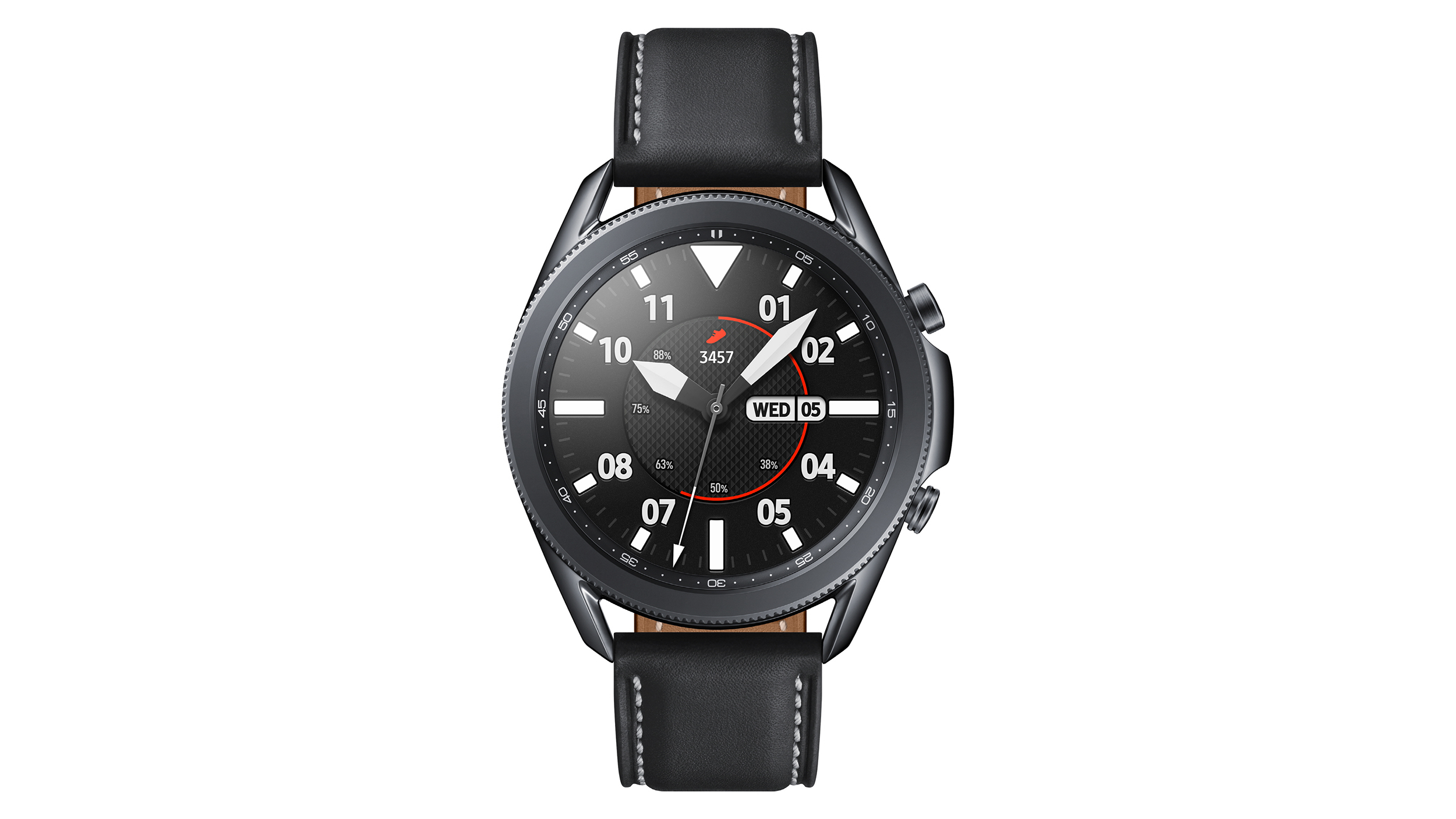
Apple Watch Series 6 vs Samsung Galaxy Watch 3: Price
The Apple Watch 6 is priced from £379 / $399 for the 41mm aluminium model with Wi-Fi and Bluetooth, and Apple’s Solo Loop or Sport Loop straps. The larger 44mm Series 6 starts at £409 / $429, while the stainless steel version starts at £649 / $699 for the 40mm and £699 / $749 for the 44mm. Premium leather straps increase the price further.
The titanium Apple Watch Series 6 starts at £749 / $799 and £799 / $849 for the 40mm and 44mm models respectively, and the Hermès collection starts at £1,199.
The Samsung Galaxy Watch has a retail price of £399 / $399 for the 41mm model and £439 / $439 for the 44mm, but is now much more affordable (check T3's price widget below).
The 45mm titanium model has a list price of £599 / $599.
Apple Watch Series 6 vs Samsung Galaxy Watch 3: Conclusion
It may come as a surprise to see the Apple Watch costing less than the Samsung, but discounts on the latter are more widely available, and premium versions of the Watch Series 6 extend well into four-figure territory.
That said, the majority of buyers will see little difference in price between their preferred versions of Apple and Samsung's flagship smartwatches. So which to choose? A lot will come down to the smartphone you already have, as all Apple Watches only work with iPhones.
The Galaxy Watch works with Samsung phones, of course, but also Android by other manufacturers and even iPhones too. Both are closely matched when it comes to health and fitness features, while the design of the Samsung may appeal to those wanting a more traditional timepiece than the technology-focused Watch Series 6.
The Apple Watch also has a greater choice in terms of case finishes, and there is a thriving third-party strap industry to truly make it your own. Deciding between the two ultimately comes down to personal taste and your smartphone of choice, rather than budget and features.

As the Style and Travel Editor at T3, Spencer covers everything from clothes to cars and watches to hotels. Everything that's cool, stylish, and interesting, basically. He's been a part of T3 for over seven years, and in that time covered every industry event known to man, from CES and MWC to the Geneva Motorshow and Baselworld. When he's driving up and down the country in search of the greatest driving roads, he can be found messing around on an electric scooter, playing with luxury watches, or testing the latest fragrances.
-
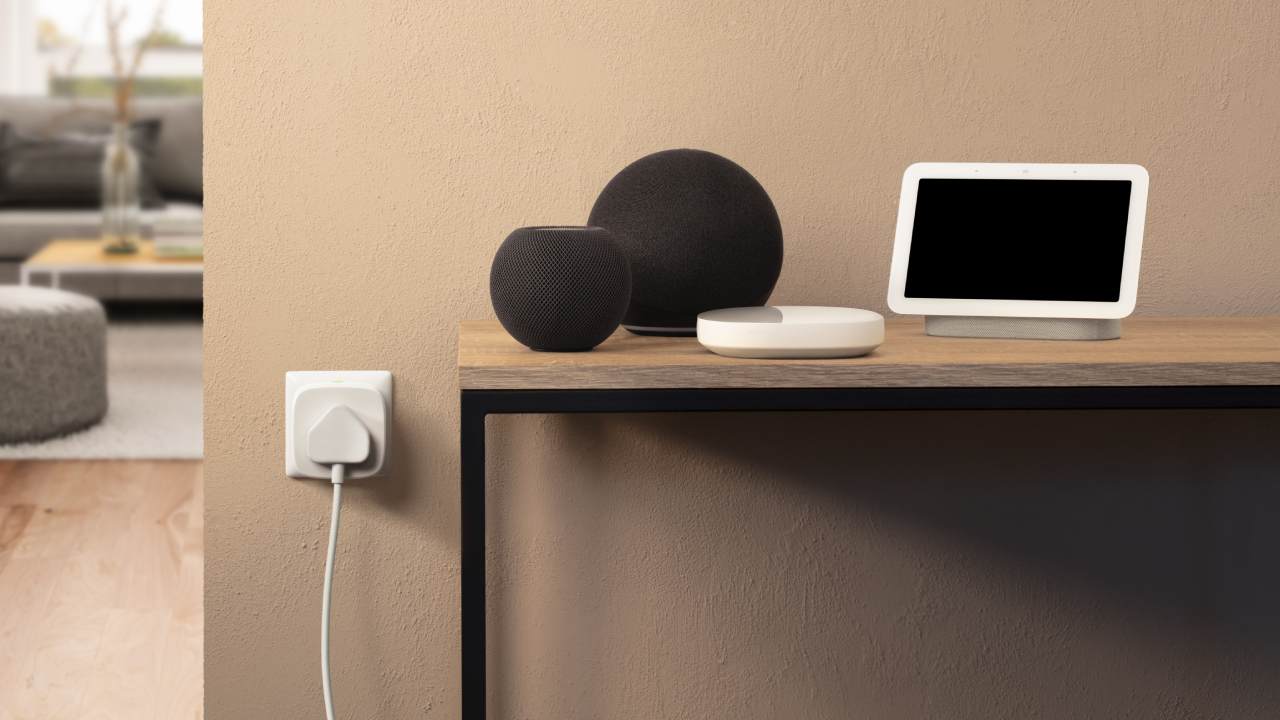 Eve’s smart plug gets impressive Matter upgrades – but I’m most excited about the app
Eve’s smart plug gets impressive Matter upgrades – but I’m most excited about the appEve Energy adds Matter support and an updated Android app
By Bethan Girdler-Maslen
-
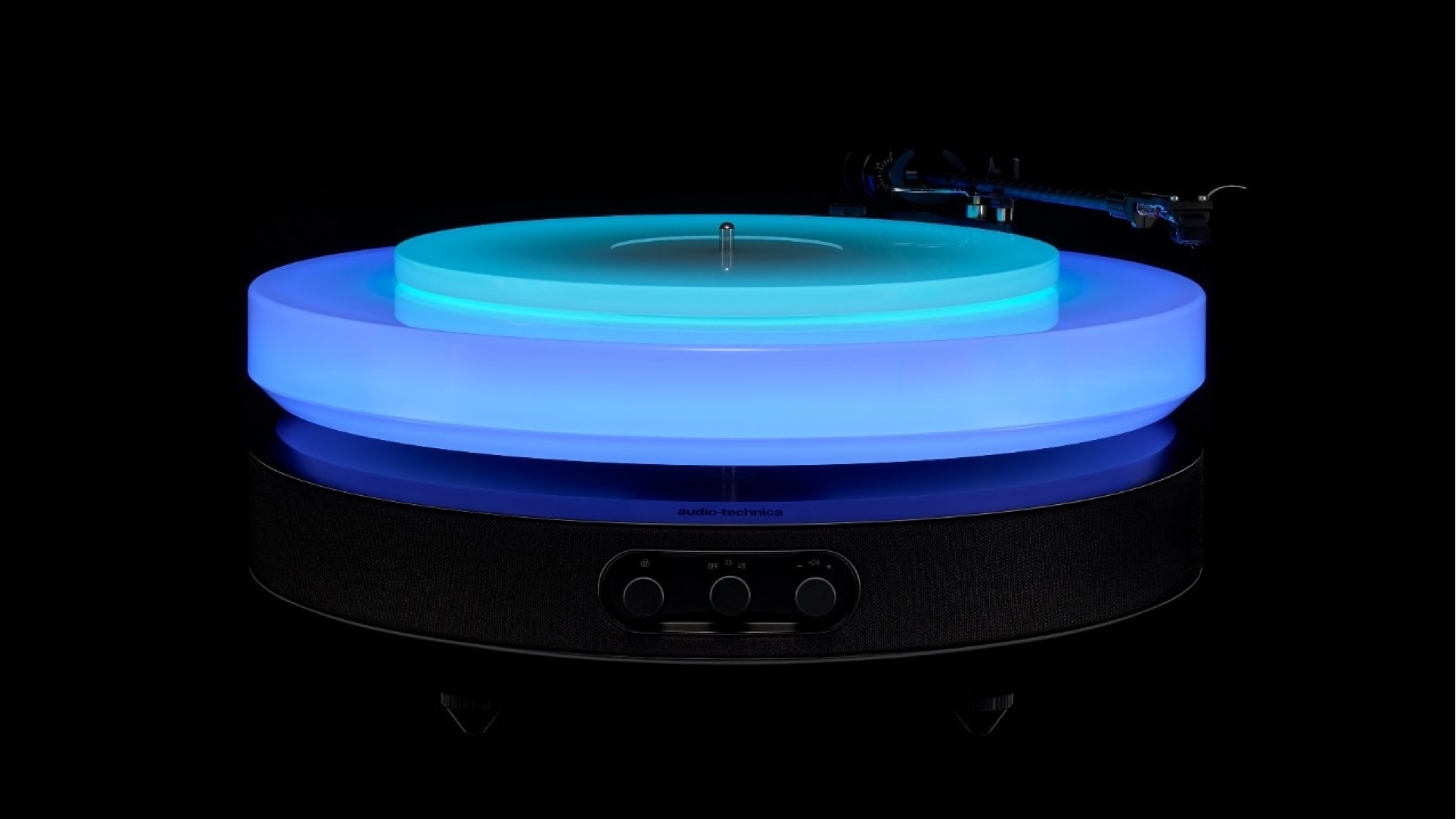 Audio-Technica’s latest luxury turntable will light up your life, and your records
Audio-Technica’s latest luxury turntable will light up your life, and your recordsThis strictly limited turntable is a feast for the eyes as well as the ears
By Carrie Marshall